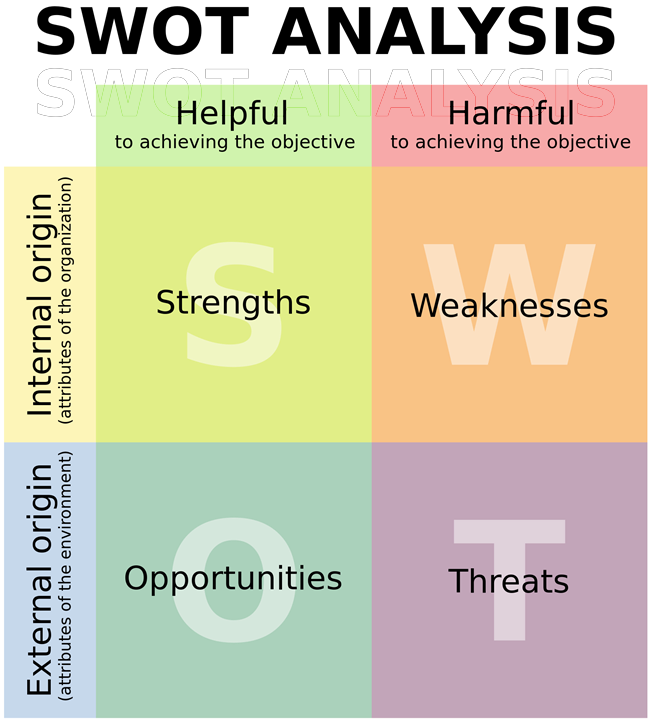A leadership action plan does not need to be complex. Great leaders inspire action without pages of rules. Simon Sinek has a simple but powerful model for inspirational leadership — starting with a golden circle and the question "Why?" His examples include Apple, Martin Luther King, and the Wright brothers ..
Watch Simon Sinek in this TEDTalk video share his insights about great leaders:
Most executives know what needs to be done, want to do what needs to be done, and have the best intentions to get things done. And yet, things don’t seem to change much.
Recently I had a conversation with a CEO who said, “People don’t always react well to change, and we’re doing OK.” He is correct on both counts.
My thought is, how much better could you be doing if you had a simple mechanism to use that ensures the company is on track and that everyone is on board with the plan?
Include these four steps into a
Strategic Leadership Action Plan:
- Determine your goals
- Create and assign measurable action steps with a timeline
- Verify progress by regularly reviewing the outcomes
- Adjust the plan - repeat.
It looks easy. It is easy.
If it’s so easy why doesn’t everyone do it?
- The biggest barrier might occur before goal setting. Without a vision or purpose, "keeping up with the competition" or "make more money" offers more questions than answers. This Harvard Business Review article talks about what it takes to lead a team into the future::
"As counterintuitive as it might seem, then, the best way to lead people into the future is to connect with them deeply in the present. The only visions that take hold are shared visions—and you will create them only when you listen very, very closely to others, appreciate their hopes, and attend to their needs. The best leaders are able to bring their people into the future because they engage in the oldest form of research: They observe the human condition.".- Harvard Business Review
There are plenty of excuses – “I can’t ask my people to take on any more; I don’t have the time; the economy isn’t rebounding; we don’t have the resources”, "The barriers are too difficult to overcome.".
The SWOT Analysis continues to be an effective tool since the sixties for sorting out the barriers and creating clarity.
- Strengths: characteristics of the business or project that give it an advantage over others.
- Weaknesses: characteristics that place the business or project at a disadvantage relative to others.
- Opportunities: elements that the project could exploit to its advantage.
- Threats: elements in the environment that could cause trouble for the business or project.

Ultimately, it boils down to commitment and accountability. Neither of these things is easy. Both are key attributes that everyone on your team looks to you for in your leadership.
If you are looking for more tools to help guide your team to success, access our revenue growth tools here:

